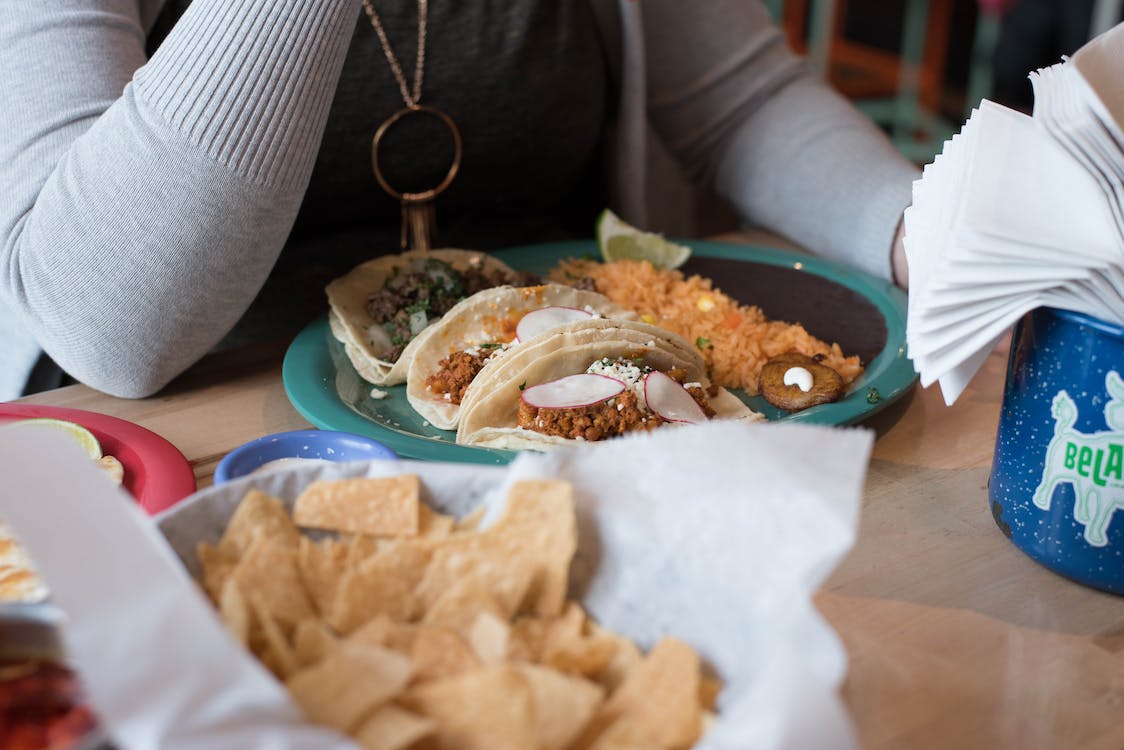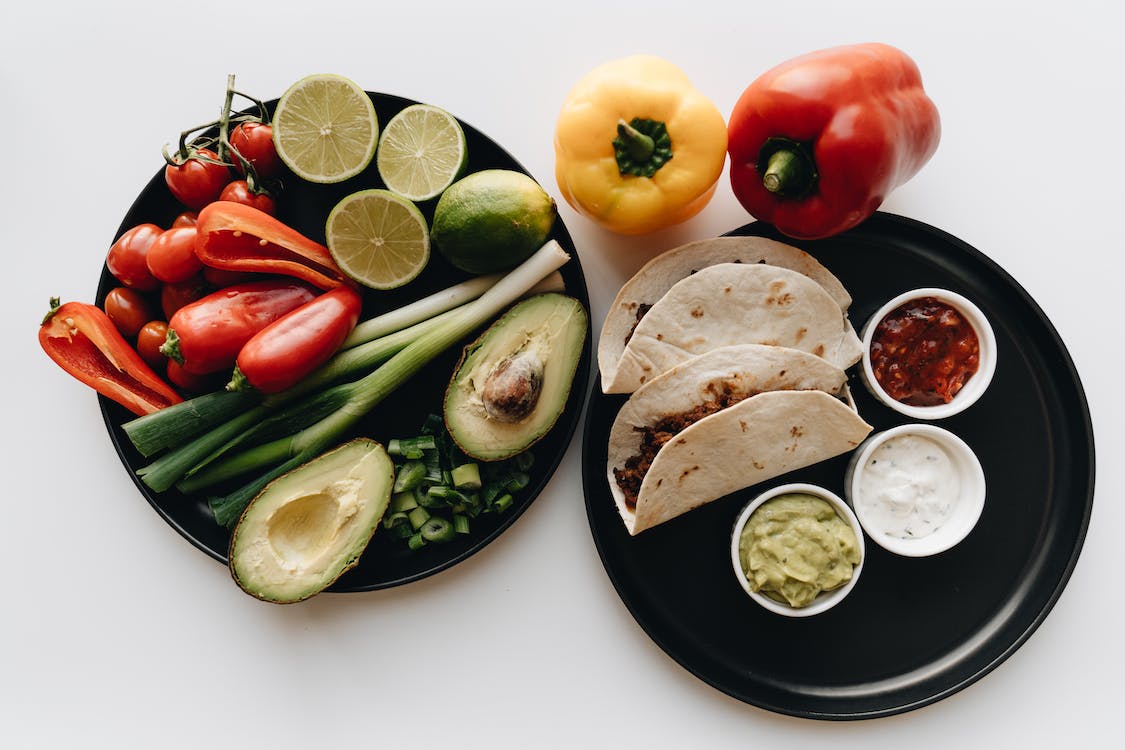7 Essential Ingredients You Need to Make Mouth-Watering Mexican Dishes!
Mexican cuisine is a must-try at least once in your life. They are colourful and diverse, so there’s something for everyone’s taste. All these flavours are available, from sweet, sour, to spicy. The best part is that Mexican cuisine often relates to celebrations, such as Cinco de Mayo, Day of the Dead, or Christmas. So not only are they delicious, they are culturally rich. Enjoying Mexican cuisine is not only about pampering your taste buds but also about experiencing culture. But what if you want to make one yourself? Don’t worry; today, we will explore 7 essential ingredients for Mexican dishes.
1. Beans
Red Beans, Photo by Victoria Bowers on Pexels
Beans are the most versatile primary ingredient for a Mexican dish. You can slow-cook them into a simple batch of frijoles de la olla (a pot of beans), repurpose them as refried beans, or puree them into enfrijoladas (tortillas dipped in black bean sauce). If these names are unfamiliar to you, you can still use beans as a stuffing for simple tacos and burritos.
Not only are they easily applicable to various dishes, but beans also have types you can substitute. There are pinto beans, black beans, and kidney beans. These are commonly available in supermarkets and online. They are also relatively inexpensive, so you don’t need to worry about emptying your wallet just to make your favourite Mexican cuisine. But the best part comes in their nutritional value. Beans offer high amounts of protein, fibre, and low amounts of fat.
2. Rice
White Rice, Photo by Vie Studio on Pexels
Rice is another ingredient that can be applied to many different dishes. You can cook it and serve it with tomatoes, garlic, onion, cheese, or other seasonings. Rice can also be a filling for enchiladas, tacos, or gorditas. It doesn’t offer much in terms of flavour, but it compensates with its high amount of carbohydrates compared to bread, potatoes, and tortillas.
Like beans, rice is widely available. There are also different types of rice, although the most commonly used is long-grain white rice. It’s also relatively cheap. Also, even if there are some leftovers from your cooking, you can still serve the rice with other ingredients outside Mexican cuisine, like eggs, vegetables, or meat products like bacon. You totally can’t go wrong with rice.
3. Tortilla
Making Tortilla, Photo by Los Muerto Crew on Pexels
Tortilla is a thin, circular flatbread that is commonly used as a wrapper or a utensil in many Mexican dishes. But if you fry it, it becomes tortilla chips, which can be used to make chilaquiles. Bake them in layers with chile sauce and beans, and the tortillas transform into enchiladas. This versatility is what makes tortillas a staple ingredient in many Mexican dishes.
Because tortillas are such a popular primary ingredient for Mexican cuisine, you will easily find them in stores, whether online or offline. But if you want to, you can make them at home. Simply mix the flour (corn or wheat) with water and salt to form a dough. Then, divide the dough into small balls and flatten them with a rolling pin or a tortilla press. Next, cook the tortillas over medium-high heat until they are lightly browned on both sides.
4. Corn
Kernel Corn, Photo by Cats Coming on Pexels
Corn is popular because, you guessed it, it is versatile and tasty. You will see corn in many Mexican dishes, such as elote, quesadillas, esquites, tamales, and more. And of course, you can eat it fresh. Corn has a sweet and savoury flavour that pairs well with other Mexican ingredients, such as cheese, beans, salsa, guacamole, and sour cream.
The most common way is to process fresh corn into nixtamal. To do this, remove the kernels from the cob and dry them. Then, boil them in water with lime. This improves the nutritional value, flavour, and texture of the corn. Finally, rinse and rub the kernels to remove the skins.
From there, you have multiple choices. Grind your corn to make a masa, which is a base for tortillas, tamales, gorditas, and sopes. Or, remove the skin and hull to make hominy, which can be used to make pozole (a hearty soup), menudo (a spicy stew), or pinole (a sweet drink).
|
5. Avocado
Ripe Avocado, Photo by Vova Kras on Pexels
Here's another fruit that you'll see in many Mexican dishes. Avocado’s nutty flavour acts as a balance to other spicy and tangy ingredients for Mexican cuisines, such as chillies, lime juice, cilantro, onion, and beans. Also, because of its creamy texture, you can use it as a spread, a dip, a dressing, or a garnish.
Avocados aren’t only delicious and creamy, but they are also easy to process. Simply cut it open, remove the seed, and scoop out the flesh. They have bigger seeds than most fruits which makes it easy. Then, use a knife to slice or dice the flesh, or a fork to mash it.
6. Tomato
Fresh Tomatoes, Photo by PhotoMIX Company on Pexels
Another fruit that we recommend for your Mexican cuisine, Tomatoes have been a part of Mexican cuisine and history for hundreds of years. You’ll see tomatoes in dishes such as guacamole, pico de gallo, ceviche, enchilada sauce, gazpacho, and more.
Several kinds of tomatoes are better suited for certain dishes. For example, red tomato is the most common type of tomato. It is best served with tortillas, tacos, burritos, or nachos. There are green tomatoes, which make a great addition to salsa verde or enchilada sauce. Then there are cherry tomatoes which are smaller and are best for ceviche or salads.
Keep in mind that different types of tomatoes require different processing. But you shouldn’t be discouraged by this. Instead, we recommend you try the simpler and more common type of tomatoes, which is the red tomatoes. To process red tomatoes, wash them and remove the stem. Then, cut into slices, cubes, wedges, or halves.
7. Lime
Freshly Cut Lime, Photo by Lisa Fotios on Pexels
Perhaps the ingredient with the strongest flavour, lime is the last ingredient on our list. Being acidic, it has a distinctive zesty and refreshing taste to enhance the flavour of many dishes and beverages. Besides the dishes we mentioned in the previous ingredient, lime is also used for Mexican beverages like limonada, michelada, Cuba libre, margarita, and more.
When it comes to limes, you only want the juice. To get it, wash the lime well and cut it into wedges or slices. To get the most juice out of your lime, roll it on a flat surface before cutting it or microwave it for a few seconds to soften it. You can also use a juicer or a fork to squeeze the juice out of the lime. If you want to get yourself some limes from the store, look for limes that are bright green or yellow with smooth and shiny skin. They should be heavy for their size and yield to gentle pressure but not feel soft or mushy. You can also check the aroma and taste of the limes for freshness and quality.
Incorporating these 7 essential ingredients into your Mexican cooking will undoubtedly elevate your culinary creations to new heights. Whether you're preparing a classic dish like tacos or venturing into more complex recipes, these key components will infuse your meals with authentic flavours that will leave your taste buds dancing.
SUGGESTIONS


